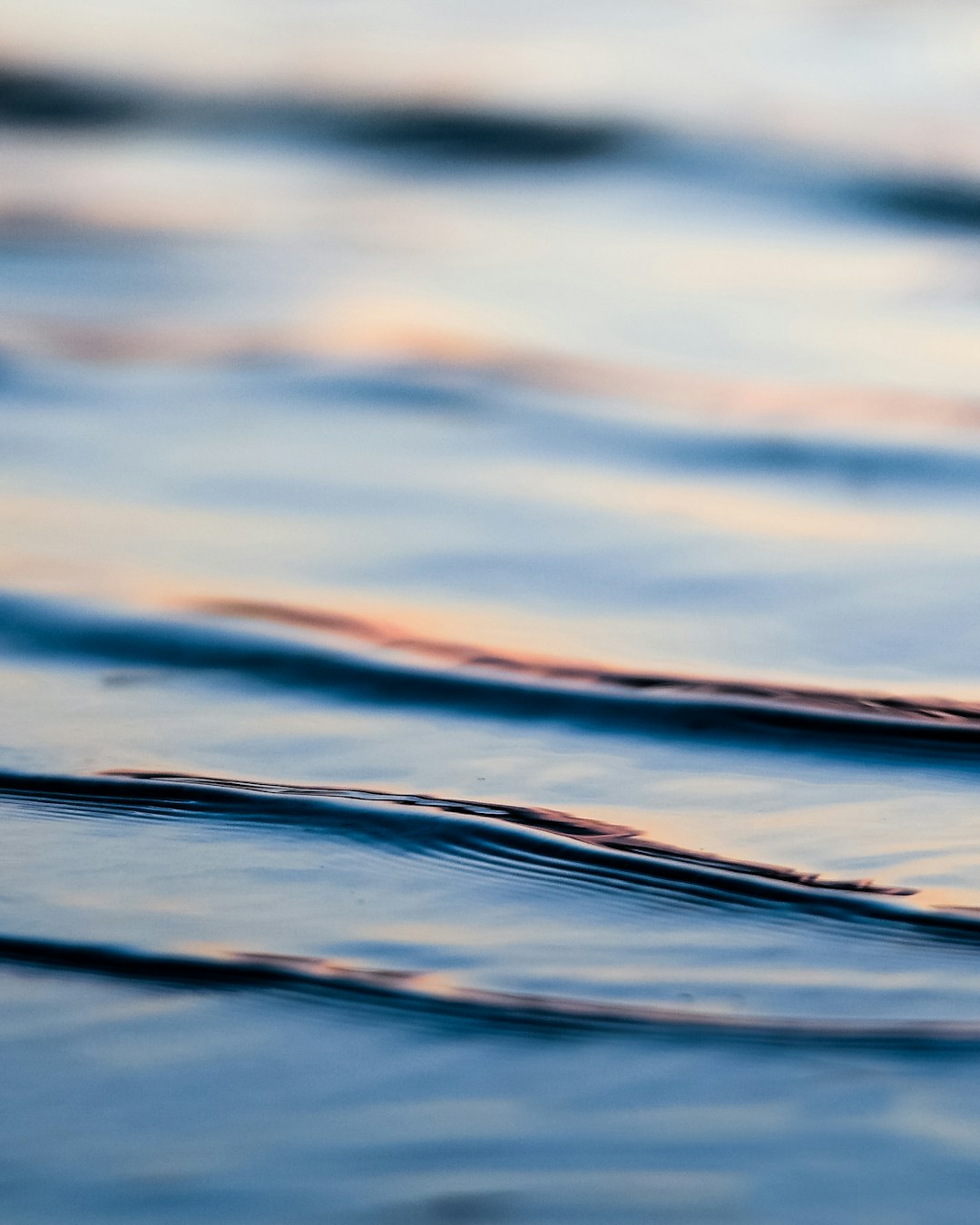Table of Contents
- Introduction
- **Plumbing pipe replacement**
- **Plumbing fixture installation**
- **Plumbing valve repair**
- **Plumbing emergency service**
- **Plumbing drain cleaning**
- Conclusion
- Frequently Asked Questions
Introduction
Are you tired of weak water pressure disrupting your daily routine in [city]? Plumbers in [city] have the solution to unblocking the flow and restoring your water pressure to its full potential. Low water pressure can be a frustrating issue that affects the efficiency of your faucets, showers, and appliances. But fear not, skilled plumbers in [city] are equipped with the knowledge and tools to diagnose the problem and provide effective solutions.
**Plumbing pipe replacement**
When it comes to addressing low water pressure issues, one effective solution that plumbers may consider is plumbing pipe replacement. Over time, pipes can deteriorate due to corrosion, mineral buildup, or physical damage, leading to restricted water flow and decreased pressure. By replacing the old or damaged pipes with new ones, plumbers can improve water flow and enhance overall water pressure throughout the plumbing system.
Before conducting a pipe replacement, plumbers will typically assess the extent of the problem through inspections and testing. This process helps them determine the best course of action and identify any additional issues that may need to be addressed. Once the assessment is complete, plumbers will proceed with removing the old pipes and installing new ones using appropriate tools and techniques. Proper installation is crucial to ensure the longevity and functionality of the new pipes, ultimately resolving the low water pressure issue effectively.
**Plumbing fixture installation**
Plumbing fixture installation is a crucial aspect of maintaining and improving water pressure in a building. When low water pressure is identified, plumbers may recommend installing new fixtures or replacing old ones to address the issue. The installation process involves a series of steps to ensure that the new fixtures are correctly placed and connected to the existing plumbing system.
First, the plumber will assess the current fixtures and determine the best placement for the new ones to optimize water flow. This may involve removing old fixtures, such as faucets or showerheads, and preparing the areas for the new installations. The plumber will then carefully install the new fixtures, making sure they are securely attached and properly sealed to prevent leaks.
Once the new fixtures are in place, the plumber will test the water pressure to ensure that the installation has effectively addressed the low water pressure issue. Any adjustments or fine-tuning can be made to optimize the water flow and pressure throughout the building.
**Plumbing valve repair**
Plumbing valve repair is a common solution to fixing low water pressure in a plumbing system. Valves are essential components that control the flow of water through pipes and fixtures. Over time, valves can become faulty due to wear and tear, mineral build-up, or damage.
When a plumber identifies a faulty valve as the cause of low water pressure, they will start by shutting off the water supply to the affected area. This is crucial to prevent any further water leakage during the repair process. The plumber will then inspect the valve to determine the extent of the damage or malfunction.
Depending on the issue, the plumber may repair the valve by cleaning out any debris, replacing worn-out parts, or tightening loose connections. In some cases, the valve may need to be completely replaced if it is beyond repair.
Once the repair or replacement is completed, the plumber will test the water pressure to ensure that the issue has been resolved, restoring optimal water flow to the plumbing system.
**Plumbing emergency service**
In emergency plumbing situations, having access to a reliable plumbing emergency service can be crucial. Plumbing emergencies such as burst pipes, gas leaks, severe water leaks, or sewage backups can cause significant damage to a property if not addressed promptly. A plumbing emergency service is available 24/7 to provide quick response and solutions to such urgent issues. These services are equipped with experienced and trained professionals who can quickly assess the situation, identify the source of the problem, and take the necessary steps to repair the issue efficiently. Additionally, they have the proper tools and equipment to handle emergency plumbing repairs effectively. By contacting a plumbing emergency service, homeowners can have peace of mind knowing that trained experts are on their way to resolve the issue and prevent further damage to their property.
**Plumbing drain cleaning**
Plumbing drain cleaning is an essential maintenance task to keep your plumbing system functioning properly. Over time, drains can accumulate debris, grease, hair, food particles, and other materials that can lead to clogs and reduced water flow. If left unattended, these clogs can cause issues such as slow drainage, foul odors, and backups.
Plumbers have various methods to clean drains depending on the severity of the clog. One common technique is snaking, where a plumber uses a long, flexible tool to break up and remove the blockage. Another method is hydro jetting, which involves using high-pressure water to clear out the pipes. Plumbers may also use drain cleaners or augers to dislodge stubborn clogs. Regular drain cleaning can help prevent major plumbing issues and ensure that water flows smoothly through your pipes.
Conclusion
Don’t let low water pressure disrupt your daily routine. Call 573-555-2121 now to schedule expert plumbing assistance and restore optimal water flow in your home. Our team of skilled plumbers is ready to address any plumbing issue efficiently and effectively. Don’t wait until the problem escalates – take action today and experience the difference our professional services can make!
